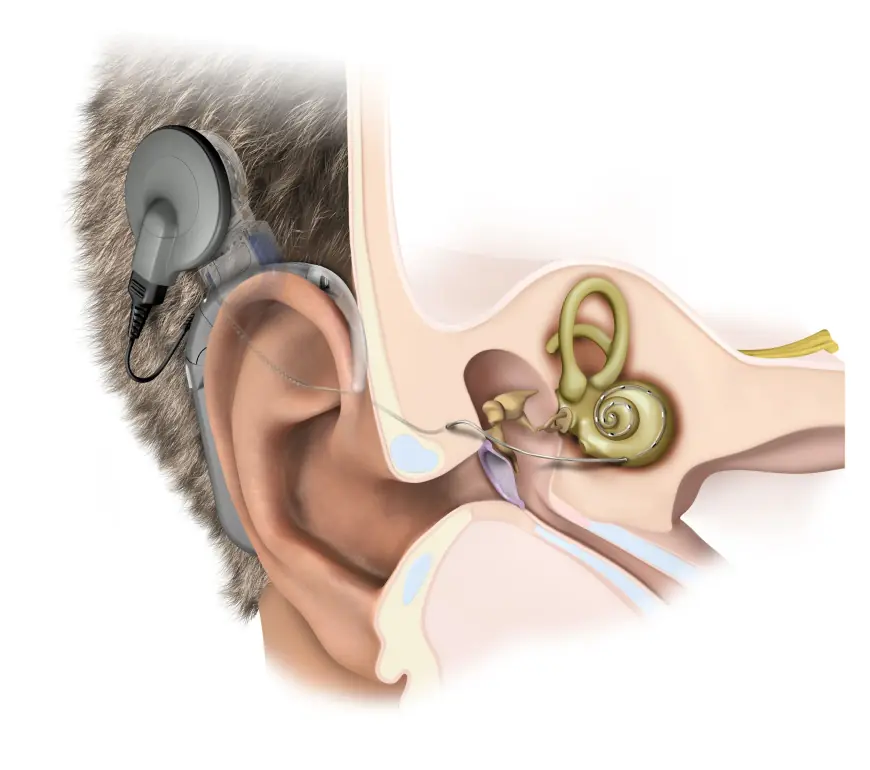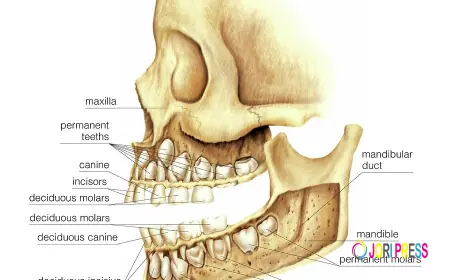Audiological Devices Market Winning Strategies Leveraging Awareness, Affordability, and Digital Health Transformation
Discover winning strategies shaping the audiological devices market, including innovation, affordability, partnerships, awareness, and digital health integration. Learn how industry leaders enhance patient experience and accessibility while driving sustainable growth in the evolving hearing care industry.

The audiological devices market is experiencing remarkable transformation, driven by technological innovations, rising hearing impairment prevalence, and a growing aging population worldwide. As competition intensifies, companies are adopting winning strategies to capture greater market share and enhance customer satisfaction. From product innovation to strategic collaborations, the market’s future relies heavily on how effectively industry players align with evolving patient needs and healthcare trends.
Emphasis on Technological Innovation
One of the most effective strategies in the audiological devices sector is continuous investment in technological advancements. Modern hearing aids, cochlear implants, and bone-anchored hearing systems are being designed with cutting-edge features such as Bluetooth connectivity, artificial intelligence (AI)-based sound processing, noise cancellation, and rechargeable batteries. Manufacturers who integrate these features are winning customer trust and meeting the lifestyle demands of tech-savvy consumers. AI-driven personalization, for instance, allows hearing aids to adapt automatically to different sound environments, significantly enhancing user experience.
Patient-Centric Product Development
A successful strategy involves putting the patient at the center of product development. Hearing loss affects individuals differently, and solutions must be tailored accordingly. Companies focusing on comfort, discreet designs, and user-friendly interfaces are gaining stronger market presence. Lightweight and nearly invisible in-ear devices are particularly appealing to younger patients who are conscious of appearance. Additionally, tele-audiology solutions are enabling remote fittings, adjustments, and consultations, making hearing care more accessible and convenient.
Expanding Accessibility Through Affordability
High costs remain one of the biggest barriers in the audiological devices market. Leading players are increasingly adopting affordability strategies such as tiered pricing models, financing options, and offering budget-friendly devices without compromising on essential features. By targeting middle-income groups and emerging economies, companies are tapping into a large underserved market. Affordability is also being addressed through partnerships with government healthcare programs and non-profit organizations that provide subsidies or insurance coverage for hearing aids and implants.
Strategic Partnerships and Collaborations
Collaboration is another winning approach. Many audiological device manufacturers are partnering with tech companies, research institutions, and healthcare providers to accelerate innovation and market penetration. For example, partnerships with smartphone companies have led to seamless integration of hearing devices with mobile apps, allowing users to control settings easily. Collaborations with audiologists and ENT specialists also enhance credibility and expand referral networks. Furthermore, alliances with distribution channels in untapped regions are helping companies expand their geographical footprint.
Branding and Consumer Awareness Campaigns
The stigma surrounding hearing loss often delays adoption of audiological devices. Market leaders are addressing this challenge through awareness campaigns that normalize the use of hearing aids and emphasize the importance of early intervention. Branding efforts that focus on lifestyle, wellness, and confidence—rather than disability—are reshaping public perceptions. By positioning hearing devices as lifestyle-enhancing products, companies are increasing acceptance among younger and middle-aged demographics.
Leveraging Digital Ecosystems
Digital health integration is playing a pivotal role in shaping market winners. Companies investing in app-based ecosystems, remote monitoring tools, and cloud-based hearing data analytics are gaining competitive advantages. Patients can now track device performance, schedule virtual consultations, and receive real-time adjustments, improving long-term satisfaction and adherence. For manufacturers, this digital approach offers valuable insights into user behavior and device performance, fostering continuous improvement and customer loyalty.
Regulatory Compliance and Quality Assurance
Success in the audiological devices industry also depends on strict adherence to regulatory standards and quality certifications. Ensuring product safety, reliability, and compliance with international health guidelines builds trust with patients and healthcare providers. Companies prioritizing robust testing, transparent clinical evidence, and ethical marketing practices are more likely to sustain long-term growth while avoiding legal challenges.
Market Differentiation Through Sustainability
Sustainability is emerging as a differentiating factor in consumer choices. Environmentally conscious manufacturing, recyclable materials, and energy-efficient devices are increasingly appealing to eco-minded patients. Companies adopting sustainable practices not only enhance brand reputation but also align with global healthcare sustainability initiatives.
Future Outlook
The competitive landscape of the audiological devices market is shaped by the ability of companies to merge innovation with accessibility. Winning strategies revolve around advanced technology, affordability, partnerships, awareness, digital integration, and sustainability. As demand rises due to aging populations and increased hearing health awareness, the market will continue rewarding companies that deliver holistic, patient-centric, and future-ready solutions.
In conclusion, success in this dynamic industry requires more than just advanced devices—it demands a comprehensive strategy that addresses clinical needs, lifestyle preferences, economic accessibility, and social acceptance. Firms adopting these multifaceted winning strategies are well-positioned to thrive in the evolving audiological devices market.
What's Your Reaction?
 Like
0
Like
0
 Dislike
0
Dislike
0
 Love
0
Love
0
 Funny
0
Funny
0
 Angry
0
Angry
0
 Sad
0
Sad
0
 Wow
0
Wow
0

















































